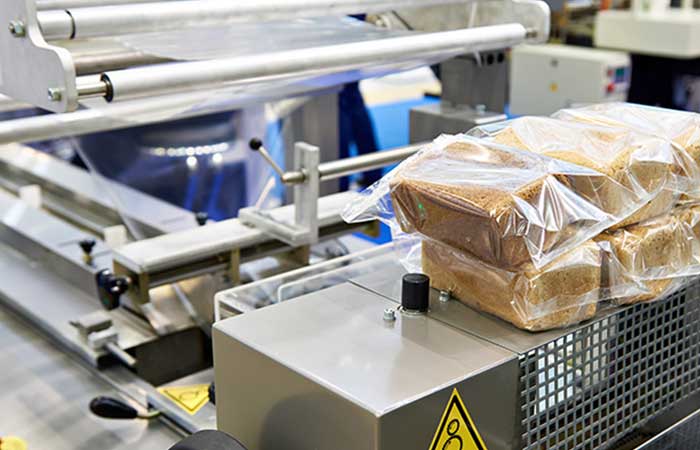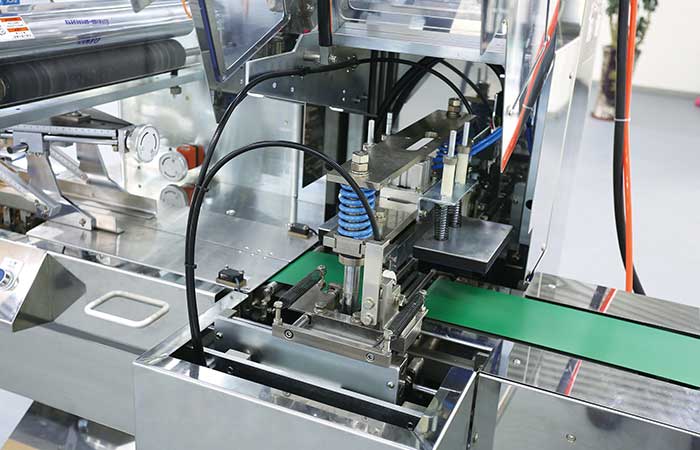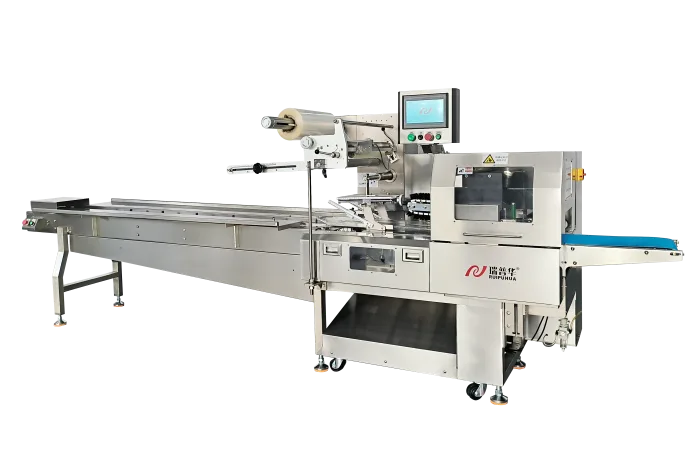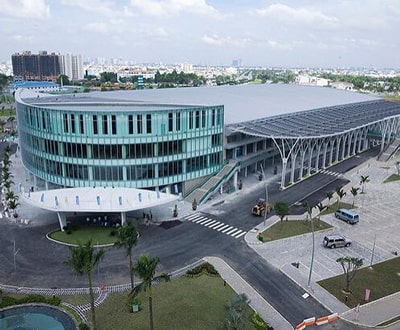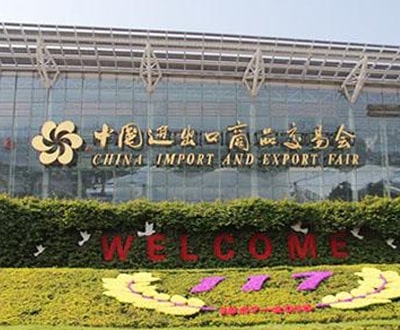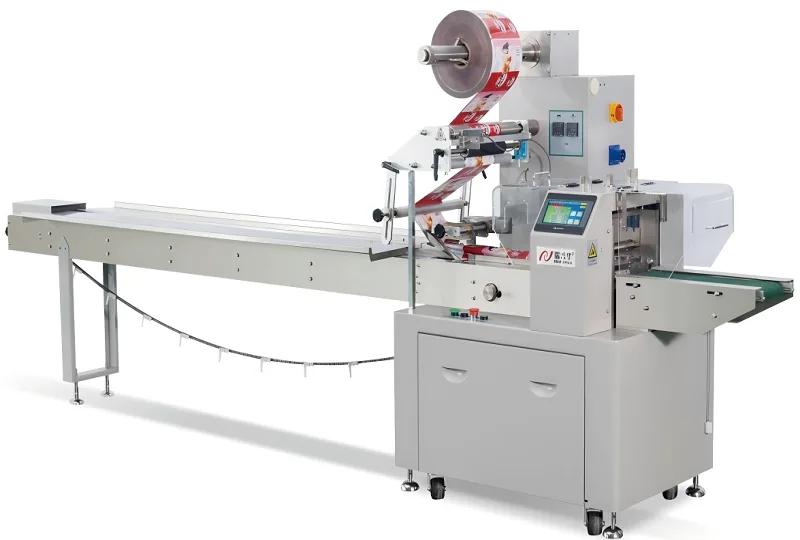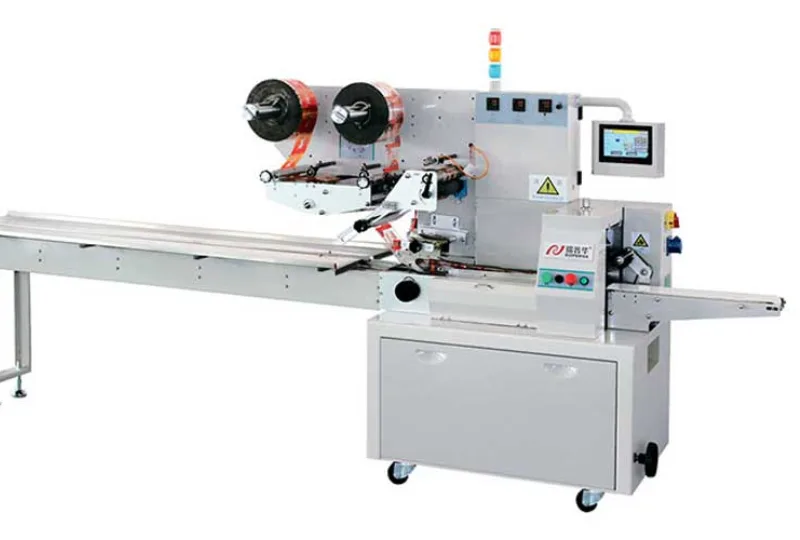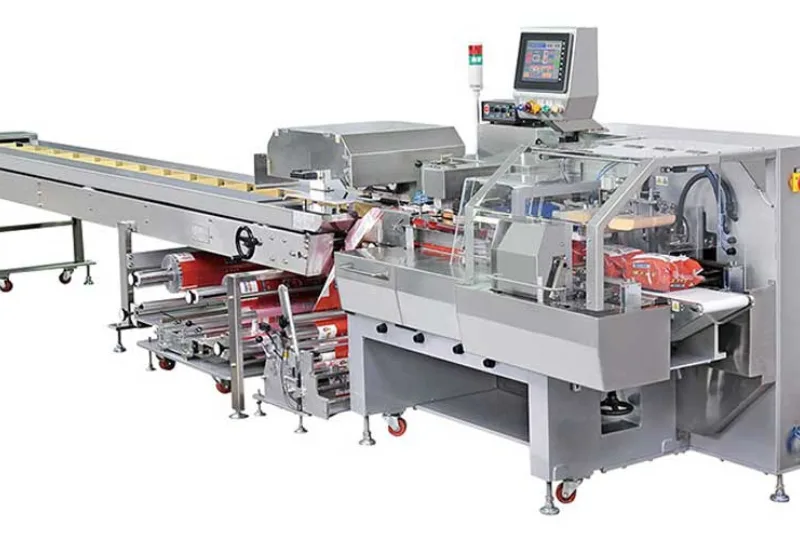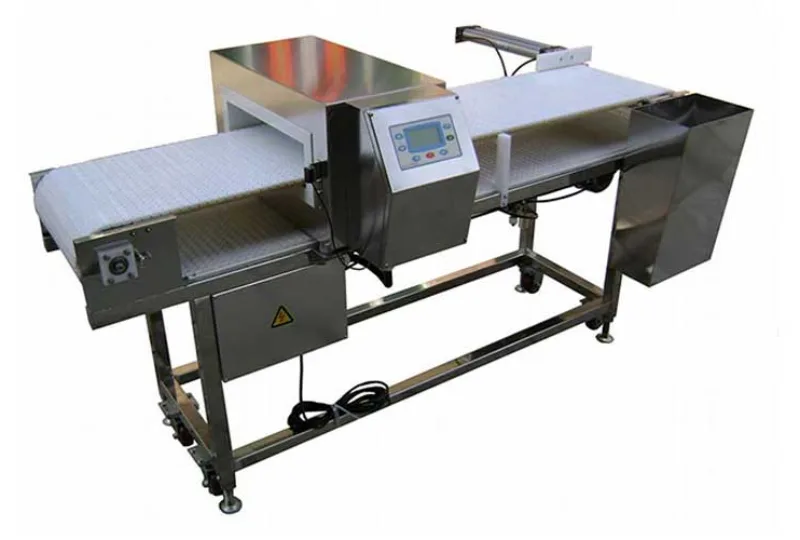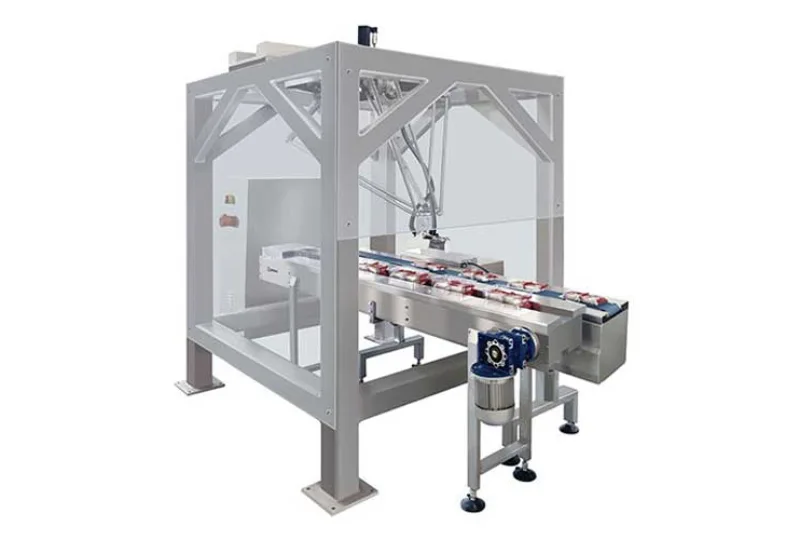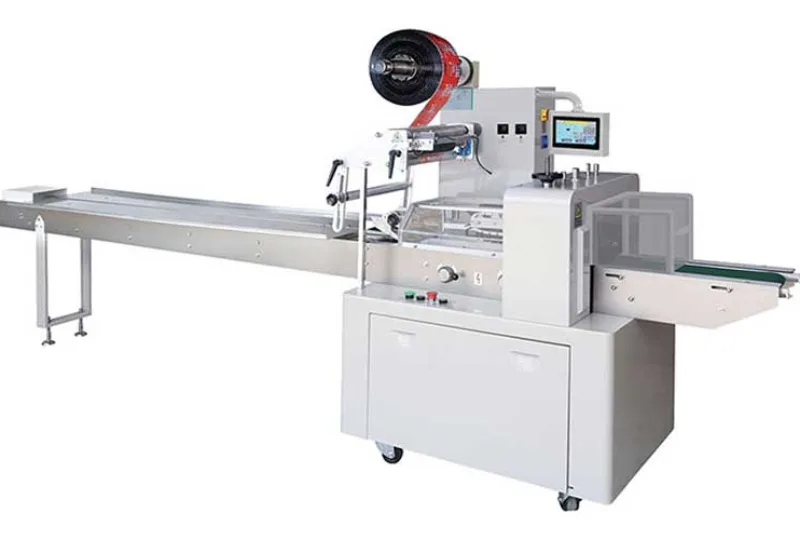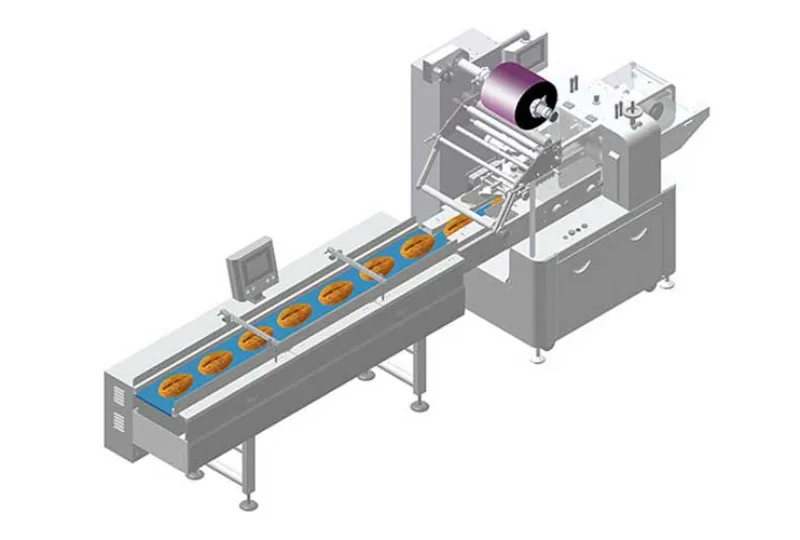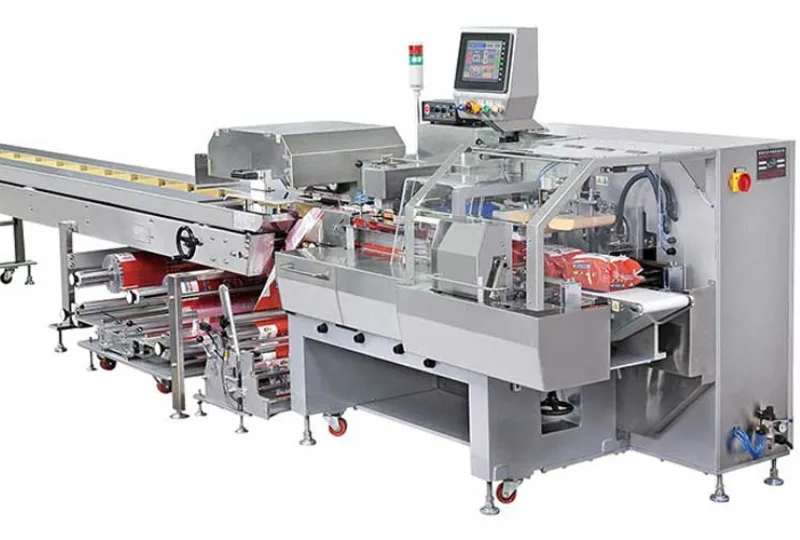Revolutionizing Eco-Friendly Packaging: A Sustainable Approach
The Role of Reusable Packaging in Shaping a Sustainable Future
In today’s world, the need for sustainable practices has never been more pressing. As a response to this urgency, businesses are increasingly turning towards reusable packaging systems as a means to reduce waste and minimize their environmental footprint.
Reusable packaging is more than just a trend; it represents a fundamental shift in the way companies approach distribution and logistics. By opting for reusable containers, companies not only cut down on disposable packaging costs but also contribute significantly to reducing the amount of single-use plastic entering landfills and oceans.
Implementing a reusable packaging system requires a holistic approach that encompasses product design, supply chain logistics, and consumer education. By designing durable, high-quality packaging solutions that can withstand multiple uses, companies can drastically reduce the need for disposable materials.
The Benefits of Reusable Packaging
One of the primary advantages of reusable packaging is its cost-effectiveness in the long run. While the initial investment may be higher compared to disposable options, the durability and reusability of these containers lead to substantial savings over time.
Moreover, from a branding perspective, adopting reusable packaging can enhance a company’s image as an environmentally conscious and socially responsible entity. Consumers are increasingly drawn to businesses that demonstrate a commitment to sustainability, making eco-friendly packaging a competitive advantage in the market.
Challenges and Solutions
Despite the clear benefits, implementing a reusable packaging system is not without its challenges. One of the primary obstacles faced by companies is the need to educate consumers about the importance of returning and reusing packaging materials.
To address this issue, businesses can leverage technology to track and incentivize the return of reusable containers. By incorporating QR codes or RFID tags on packaging, companies can create a seamless system for managing and retrieving containers from consumers.
Case Studies: Leading the Change
Several companies have already embraced reusable packaging systems with remarkable success. Loop, a circular shopping platform, partners with major brands to deliver products in refillable containers, offering customers a convenient and sustainable shopping experience.
Another example is Patagonia, a renowned outdoor clothing company that encourages customers to return used garments for repair or recycling. By promoting a culture of durability and longevity, Patagonia sets an industry standard for sustainable practices.
The Future of Reusable Packaging
As the global focus on sustainability continues to grow, the future of packaging lies in reusability and innovation. By adopting reusable packaging systems, companies can not only reduce their environmental impact but also contribute to a circular economy that prioritizes resource efficiency and waste reduction.
In conclusion, the shift towards reusable packaging represents a pivotal moment in the journey towards a more sustainable future. By reimagining the way we package and distribute goods, businesses can lead the way in creating a positive impact on the environment and society at large.
-
01
Automatic Tray Loading and Packaging Equipment: Boost Efficiency to 160 Bags/Minute
21-11-2025 -
02
Automatic Soap Packaging Machine: Boost Productivity with 99% Qualification Rate
21-11-2025 -
03
A Deep Dive into Automatic Toast Processing and Packaging System
18-11-2025 -
04
The Future of Bakery Production: Automated Toast Processing and Packaging System
18-11-2025 -
05
Reliable Food Packaging Solutions with China Bread, Candy, and Biscuit Machines
11-10-2025 -
06
High-Performance Automated Food Packaging Equipment for Modern Production
11-10-2025 -
07
Reliable Pillow Packing Machines for Efficient Packaging Operations
11-10-2025 -
08
Advanced Fully Automatic Packaging Solutions for Efficient Production
11-10-2025 -
09
Efficient Automatic Food Packaging Solutions for Modern Production
11-10-2025 -
10
Advanced Automatic Packaging Equipment for Efficient Production
11-10-2025



